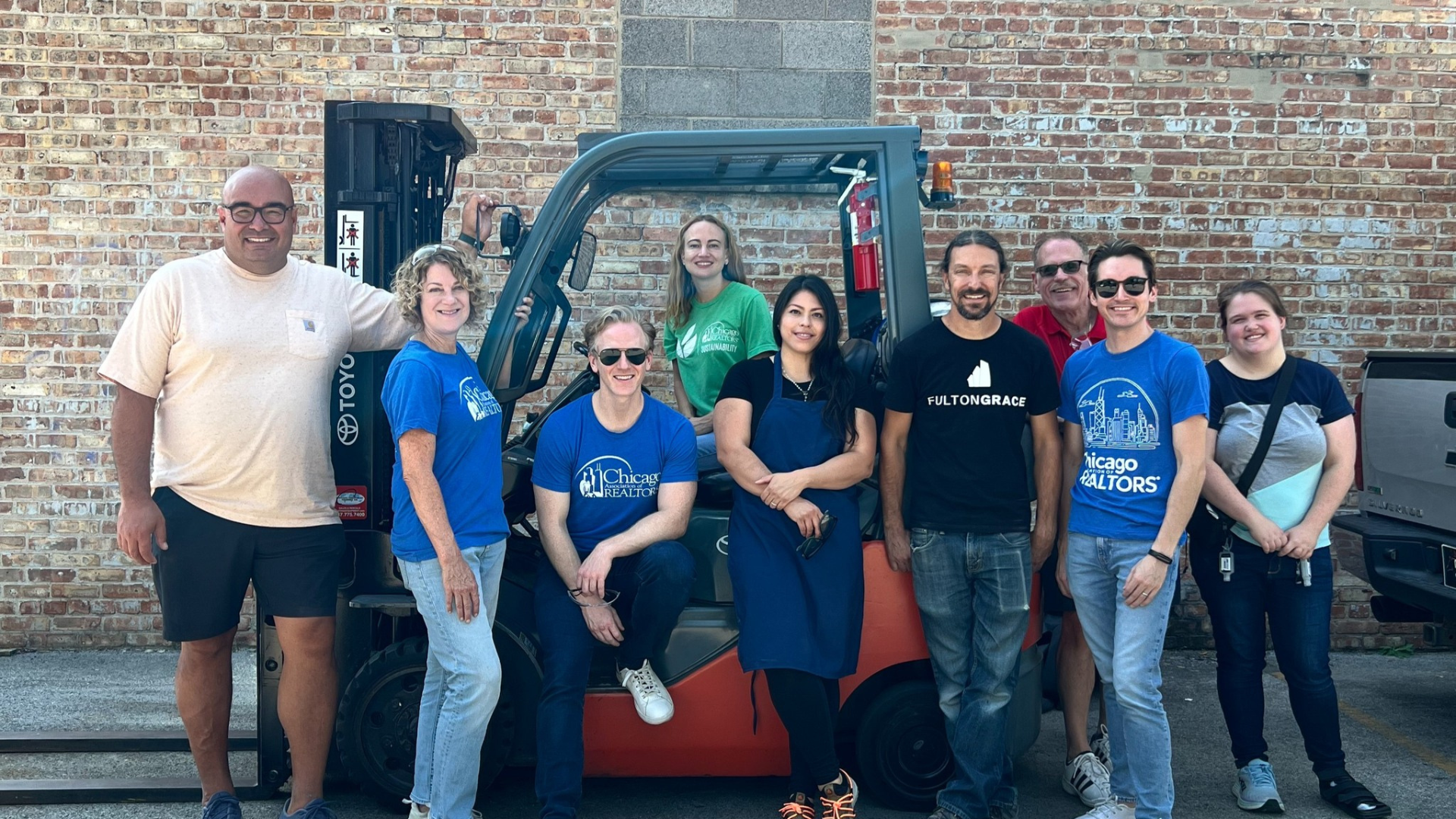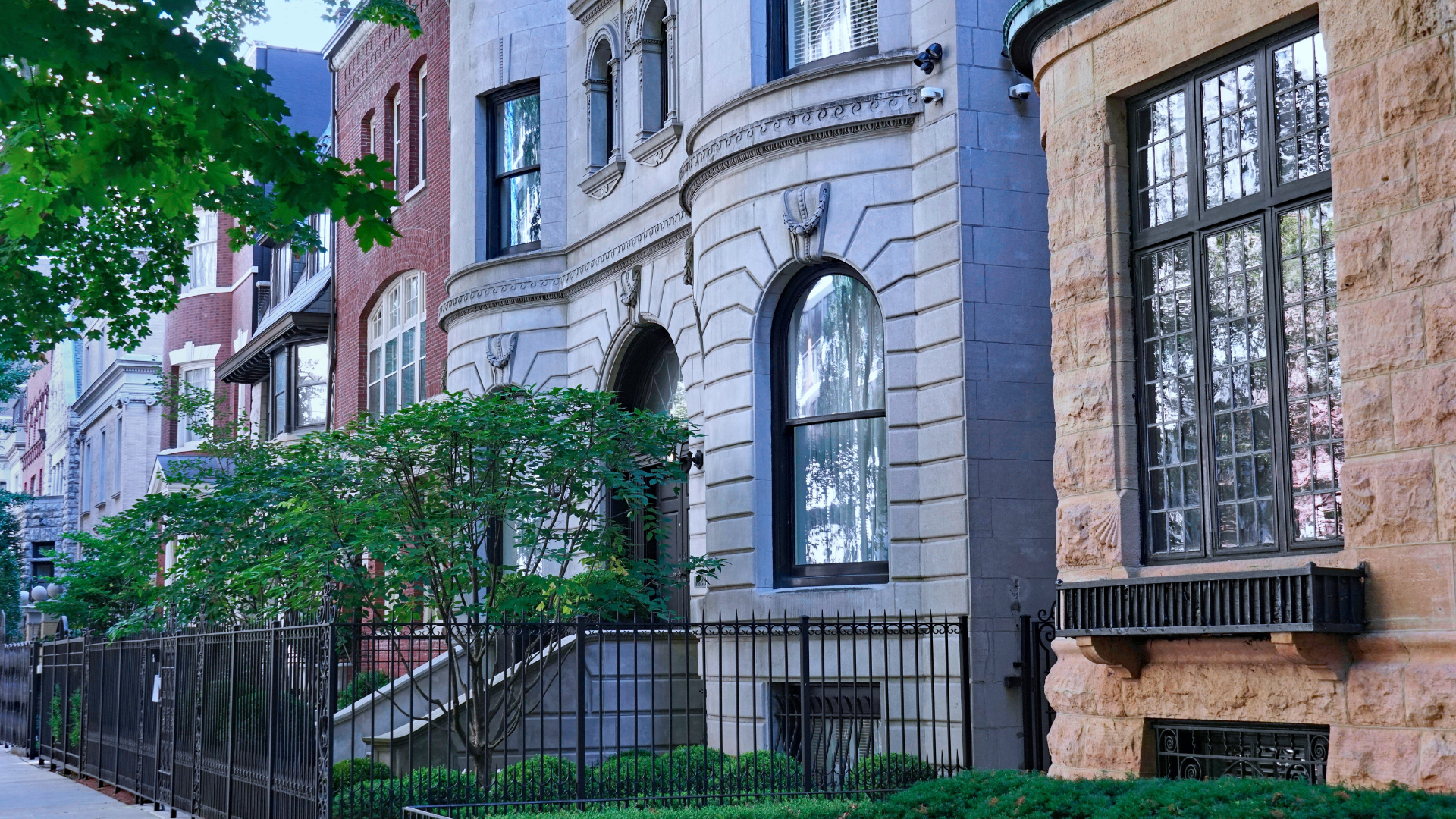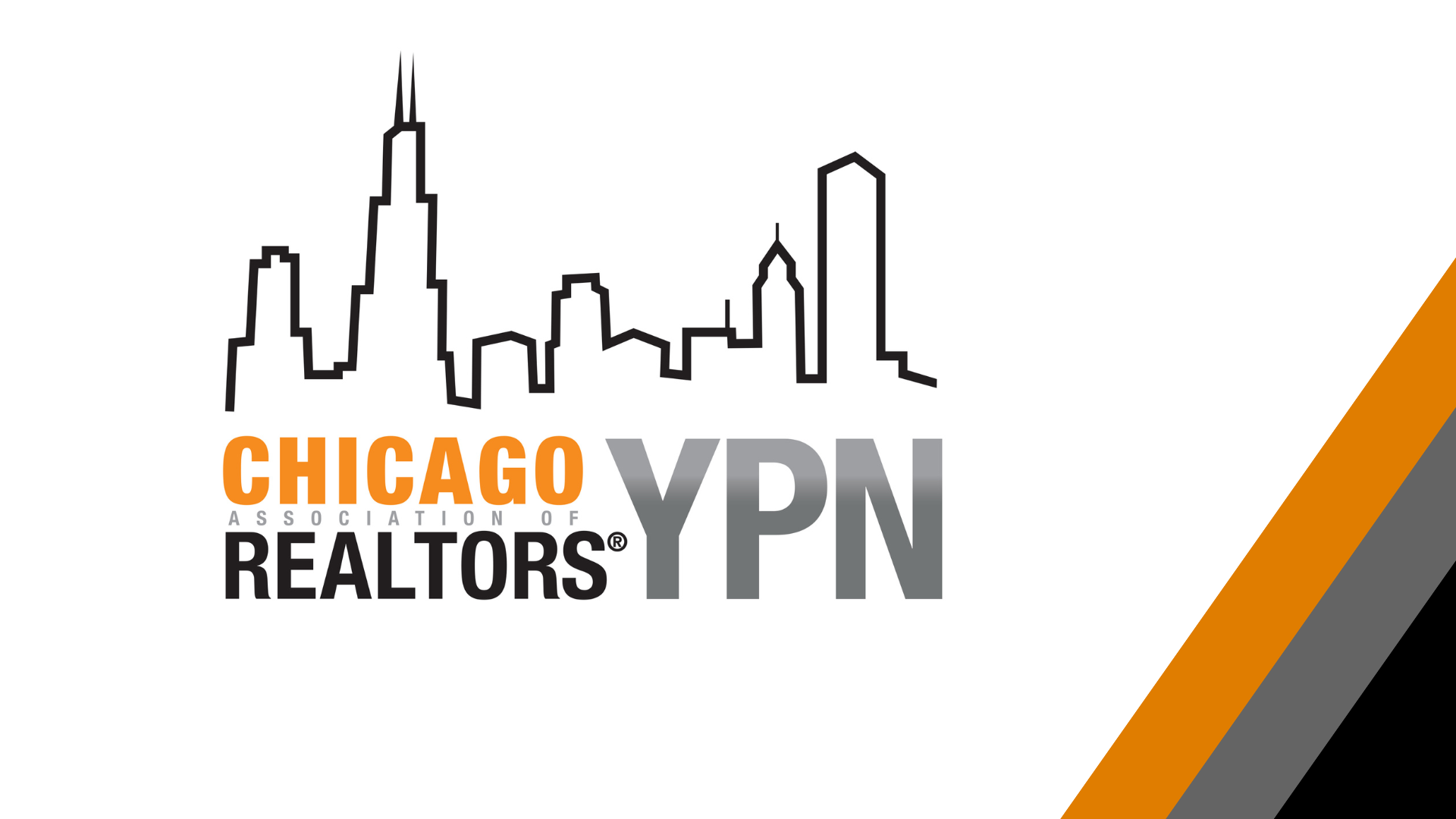On Wednesday, July 29, 2020, we hosted our monthly YPN breakfast virtually through Zoom. While our get-togethers at Manny’s Deli are on hold, we couldn’t wait to devour advice from local industry experts. You can stay up-to-date on upcoming YPN virtual events by following the YPN Facebook page!
WATCH THE ZOOM WEBINAR RECORDING
KEY TAKEAWAYS FROM THE EVENT
Lending in COVID-19:
Mortgages made to self-employed borrowers have grown more strict in the COVID-19 landscape. If your client is a self-employed borrower, make sure they’re pre-approved as soon as possible. Proper documentation like profit and loss sheets will be of the utmost importance.
Thanks to automated systems and a modern digital interface, uploading documents to Fannie Mae and Freddie Mac applications have become a lot easier. Most people should be experiencing a significantly more streamlined process.
What are buyer trends right now? In the landscape of the pandemic, 2020 is a little atypical. Outside of traditional rush periods like the spring, preapprovals are taking place en masse. Buyers are looking to make moves regardless of hesitations or perceived setbacks. Our guest experts foresee great markets in the fall and winter as buyers are motivated by low rates.
Lenders are also seeing a lot of first-time homebuyers and current homeowners upgrading to their next home. There is a boom in the suburbs as buyers looking for more space both inside and outside explore opportunities. If they are ready to buy, they’re in the market.
Addressing racial disparity in lending:
A month ago, in June of 2020, WBEZ and the City Bureau published an analysis showing gaping disparities in the amount of money lent in Chicago’s white neighborhoods compared to Black and Latino neighborhoods. How can lenders and other real estate professionals end this disparity?
Our guest experts see room for growth in multiple avenues, from REALTORS® encouraging homeownership through the lens of wealth building and retirement planning, to increasing education about downpayment programs. People don’t know about the many resources and opportunities available to them, and that will change when lenders and other real estate professionals increase their own outreach.
Empowering buyers who want to invest in the neighborhoods they reside in, not just investors, is chief among these resolutions.
In addition, the Community Reinvestment Act — a federal law enacted in 1977 to encourage depository institutions to meet the credit needs of low- and moderate-income neighborhoods (Kenton, 2020) — needs to be discussed and advertised more. Promoting homeownership at an early age is a great start, but lenders must be held accountable to address decades of segregation.
The word on interest rates:
Right now, they are in an ideal spot with the opportunity to go even lower.
Keep an eye on a few macro-signals that rates are going to go up or down. First, when the Federal Reserve stops buying mortgage-backed securities, rates will go up. If the 10 Year Treasury Rate yield gets closer to 0.9% (currently around 0.59%), then rates will go up.
But what’s the timeline? How do the pandemic and the election year influence predictions? This is, admittedly, tough to predict, but the election will be an influencing factor like it is every year. A big influence factor in 2020 is unemployment; as people get back to work, then rates will adjust accordingly. The vaccine for COVID-19 will also influence rates, kick-starting a gradual increase. For now? Interest rates will hold steady.
In a digital world, we’re familiar with clients who Google almost everything about the real estate process. So, what do you do when your client asks about online interest rates? Why are they so often inaccurate? Many times, these are click-bait instances. Advertised online rates are crafted based on a limited set of assumptions: a 740 credit score, a 20% downpayment and a single-family residence.
Sit down with these enterprising Googlers and hone in on what they’re trying to do. Do they want to lower their payment? Do they want to cash out on an investment property? In a “behind the scenes” of determining interest rates, know that four big-picture factors play a role: property type, credit score, downpayment and loan type.
When fed rates cut to zero, what does this actually mean? In the simplest terms, the feds are now the largest buyer of mortgage-backed securities, and they are controlling the market — also called quantitative easing. This is the big driver of federal interest rates, and due to COVID-19, there is no deadline. Rates will most likely get lower.
The word on work history and self-employed borrowers:
As long as there is a documented two-year history, various streams of income will satisfy income requirements for loans. If your borrower has incentive comps, your lender is looking for a good track record so they can take a holistic view.
What makes a good two-year history? Tell a story! As your clients construct a work history for their loan application, building a strong narrative of income sources will work out best for pre-approval.
If your client’s income has changed from hourly to unemployment, be advised that unemployment and severance won’t work as income unless the lender can see a three year continuous.
Rehab loans advice:
Renovation loans are a great tool if you understand and use them correctly. There are five programs in the rehab loan world which are variations of each other. The biggest challenge these loan borrowers face is understanding how far certain dollar amounts do or don’t get you.
How have rehab loans been affected by COVID-19? Our guest experts advise preparedness and working with experienced rehab-loan-specialized lenders. Of course, there are some delays that could push closing dates. As always, maintain close working relationships with contractors and your lenders.
NEED HELP GUIDING YOUR CLIENTS?
You have a community behind you.
Thank you to our sponsors for all of your support!







